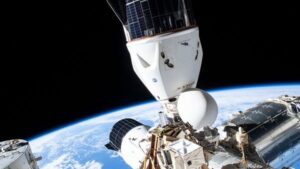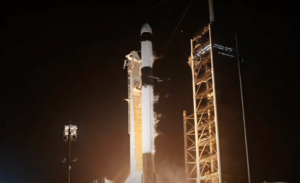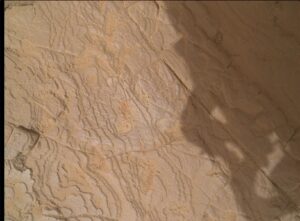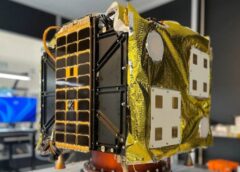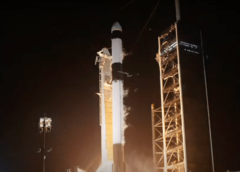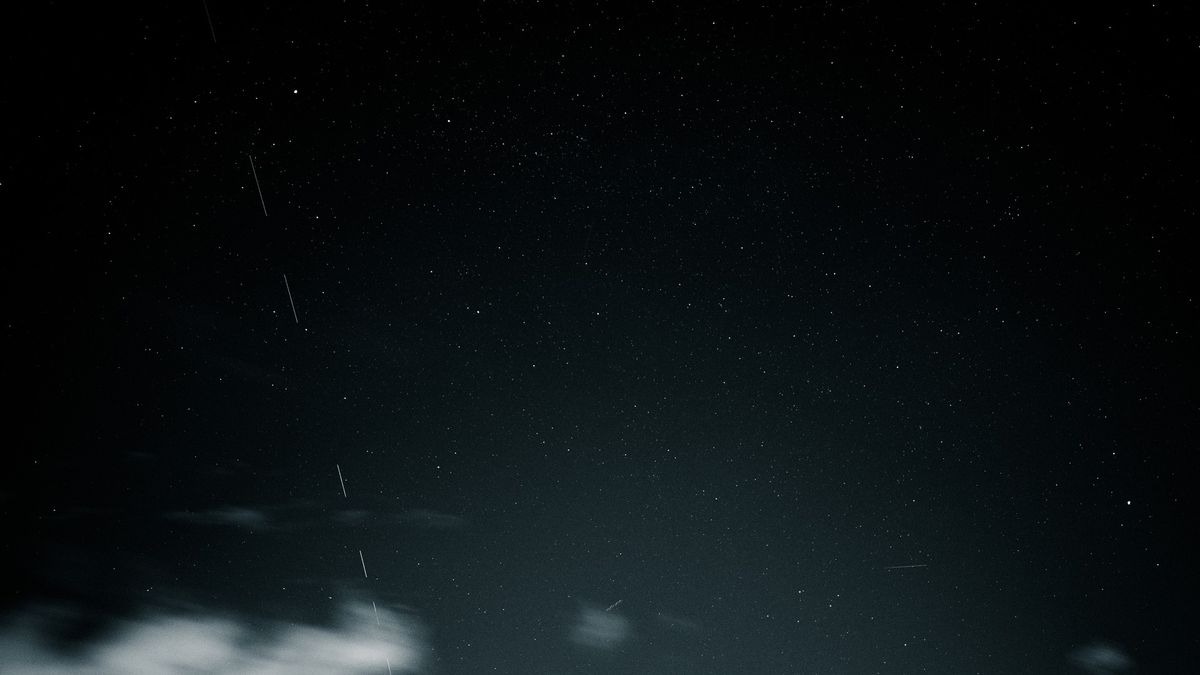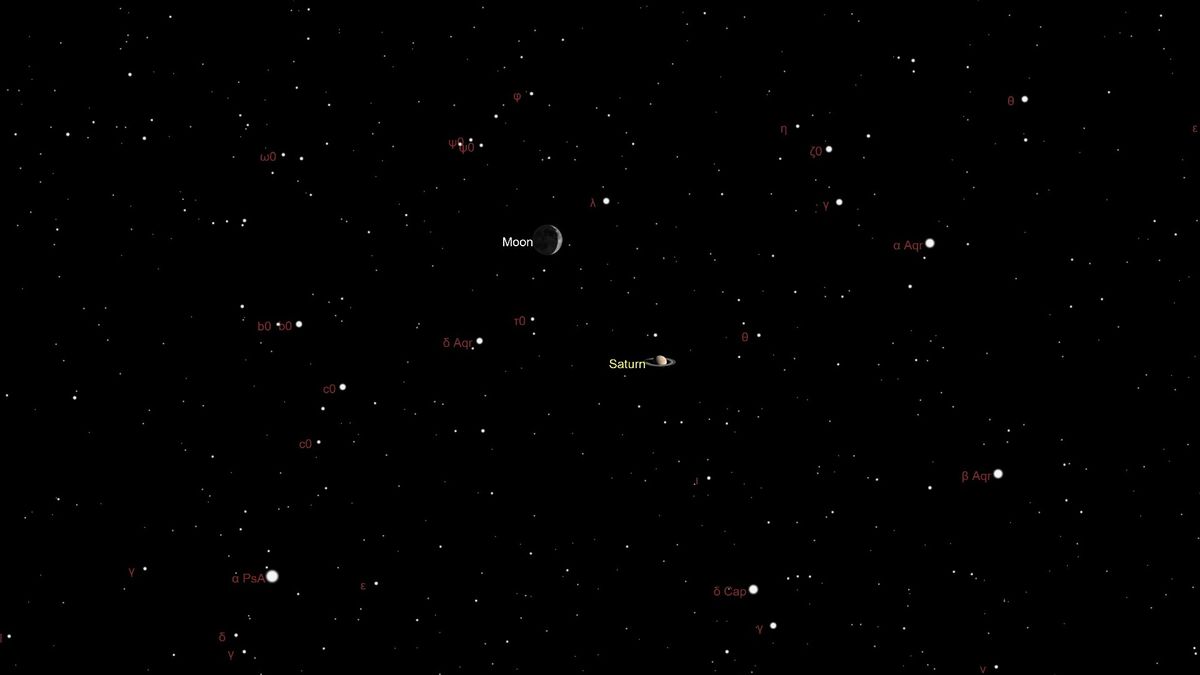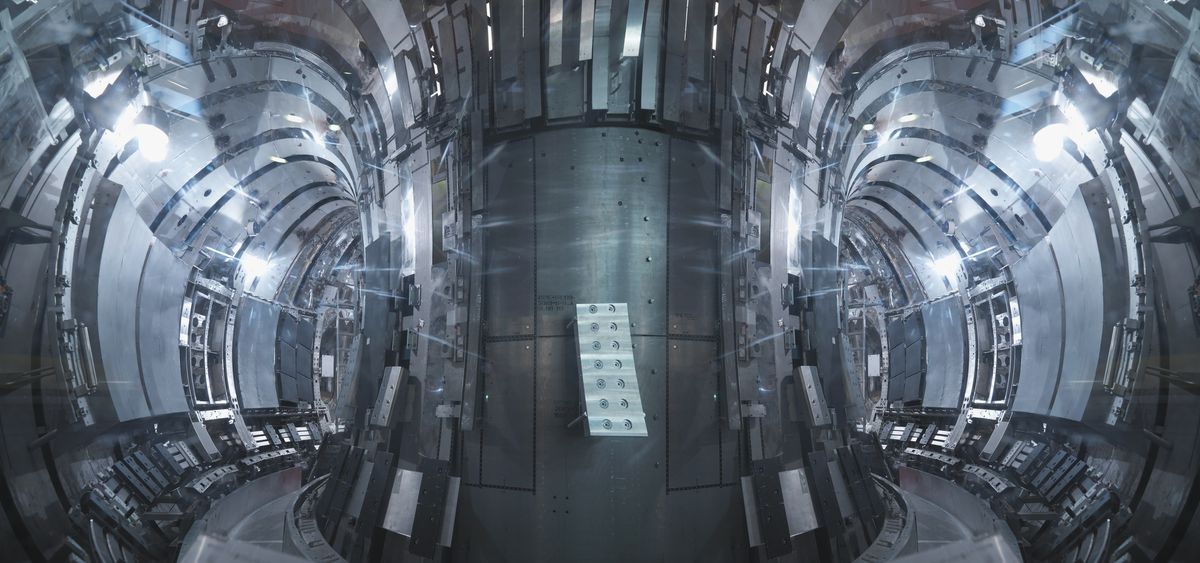This is an article from Curious Kids, a series aimed at children. The Conversation is asking kids to send in questions they’d like an expert to answer. All questions are welcome – serious, weird or wacky! This article was originally published at The Conversation. The publication contributed the article to Space.com’s Expert Voices: Op-Ed & Insights. Jaclyn Champagne, postdoctoral researcher, University of Arizona’s Steward Observatory. Black holes are dense astronomical objects with gravity so strong that nothing, not even light, can escape. Anything that crosses the boundary of a black hole’s gravitational influence, called the…
Read MoreWelcome to the next step in smart telescope astronomy: Unistellar Odyssey
On January 7 2024 Unistellar proudly unveiled the new Odyssey range of smart telescopes at the world’s biggest tech show, the Consumer Electronics Show (CES) 2024, held in Las Vegas. Smart telescopes are here, and they are here to stay — with numerous optics brands battling it out to come up with the very best smart telescope or intelligent home observation station. Unistellar boasts that the Odyssey stands out as the first smart telescope that can observe both nearby planets and objects situated tens of millions of lightyears away at…
Read MoreDecade-long Dark Energy Survey offers new insights into the expansion of the universe
A survey of over 1,500 supernovas conducted by the Dark Energy Camera has placed strong constraints on the accelerating expansion of the universe. The results suggest that the mysterious force that drives this cosmic acceleration, dark energy, may change over time, varying in density, which calls the standard model of cosmology into question. Related: Dark energy remains a mystery as Einstein’s theory of gravity passes another test The results were delivered by the largest sample of supernovas ever harvested by a single instrument as part of the Dark Energy Survey.…
Read MoreStarlink close encounters decrease despite ever-growing number of satellites
SpaceX has reported that the number of close encounters between its satellites and other orbital objects has not increased in the past six months despite the constellation’s growth. Space sustainability experts say the development is good news but warn the decrease in avoidance maneuvers is likely just a deviation from what has been a longer-term upward trend. Twice a year, SpaceX reports to the U.S. Federal Communications Commission (FCC) how many times its satellites had to change their paths to avoid possible collisions with other spacecraft and space debris. The…
Read MoreHow do we know what the Milky Way looks like?
Although our telescopes have captured some truly stunning images of the Milky Way, astronomers have only a vague understanding of our home galaxy. It took a lot of work even to get that sketch, and it’s amazing what we’ve been able to learn from our limited vantage point. Here on Earth’s surface, the Milky Way galaxy appears to the naked eye as a nebulous band across the sky. While astronomers and philosophers have debated the true nature and location of the Milky Way for ages, the great astronomer, physicist and…
Read MoreWhat would happen if Earth stopped spinning?
Even though Earth is always spinning, we can’t feel it, and you probably take it for granted. But what would happen if it stopped? If Earth suddenly stopped spinning, it would be catastrophic. Almost everyone and everything not attached to the planet would continue to move at the current speed of Earth’s rotation, around 1,000 mph (1,600 km/h) at its fastest, which is along the equator. Related: 10 dramatic discoveries about Earth from 20 “The momentum of all the material that’s normally rotating — the water, the air, all the…
Read MoreNew ‘Star Trek’ movie featuring Picard is on the way, Patrick Stewart says
Patrick Stewart isn’t ready to give up being Jean-Luc Picard. The third season of the “Next Generation” spin-off “Picard” centered around the titular Starfleet captain ended in April of last year after successfully polarizing “Star Trek” fans. Many were turned off from the final season because it was very much a cookie-cutter carbon copy of the last two, relying heavily, once again, on attempting to remain suspenseful by applying a what’s-in-the-box?! style of storytelling. But it turns out we may be seeing more of Jean-Luc. Stewart appeared recently on an…
Read MoreSee a thin crescent moon meet up with Saturn tonight
The thin crescent moon will meet up with the solar system’s second-largest planet, Saturn for the first time in 2024 on Sunday (Jan. 14), during a close approach between the two celestial bodies. At the same time, the 3-day-old moon will move into an astronomical arrangement with Saturn, the sixth planet from the sun, called a conjunction — which refers to the fact that the two bodies will have the same right ascension, or celestial equivalent of longitude. During the close approach, the moon, which is just leaving its totally…
Read MoreWe’ve been ‘close’ to achieving fusion power for 50 years. When will it actually happen?
Nuclear fusion power was supposed to be a dream come true. As soon as we discovered that you could smash little atoms together to make bigger atoms and release a small amount of energy in the process, scientists around the world realized the implications of this new bit of physics knowledge. Some wanted to turn it into weapons, but others wanted to develop it into a clean, efficient, inexhaustible supply of electrical energy. But it turns out that fusion power is … hard. Really hard. Really complicated. Full of unexpected…
Read MoreNASA’s Lunar Retroreflector Network could make landing on the moon much easier
In the future, rocketing in making precision landings on the moon’s craggy, rocky and crater-pocked face won’t be as hard. At least that’s the goal of NASA’s Lunar Retroreflector Array (LRA) program, an initiative that is interfacing with U.S. and foreign lunar lander initiatives. LRA consists of a dome-shaped device, topped by small glass prism retroreflectors. That contrivance is then mounted to a moon lander and delivered to the lunar surface. The LRA can bounce laser light from other orbiting and incoming spacecraft, functioning as a permanent location marker on…
Read More

